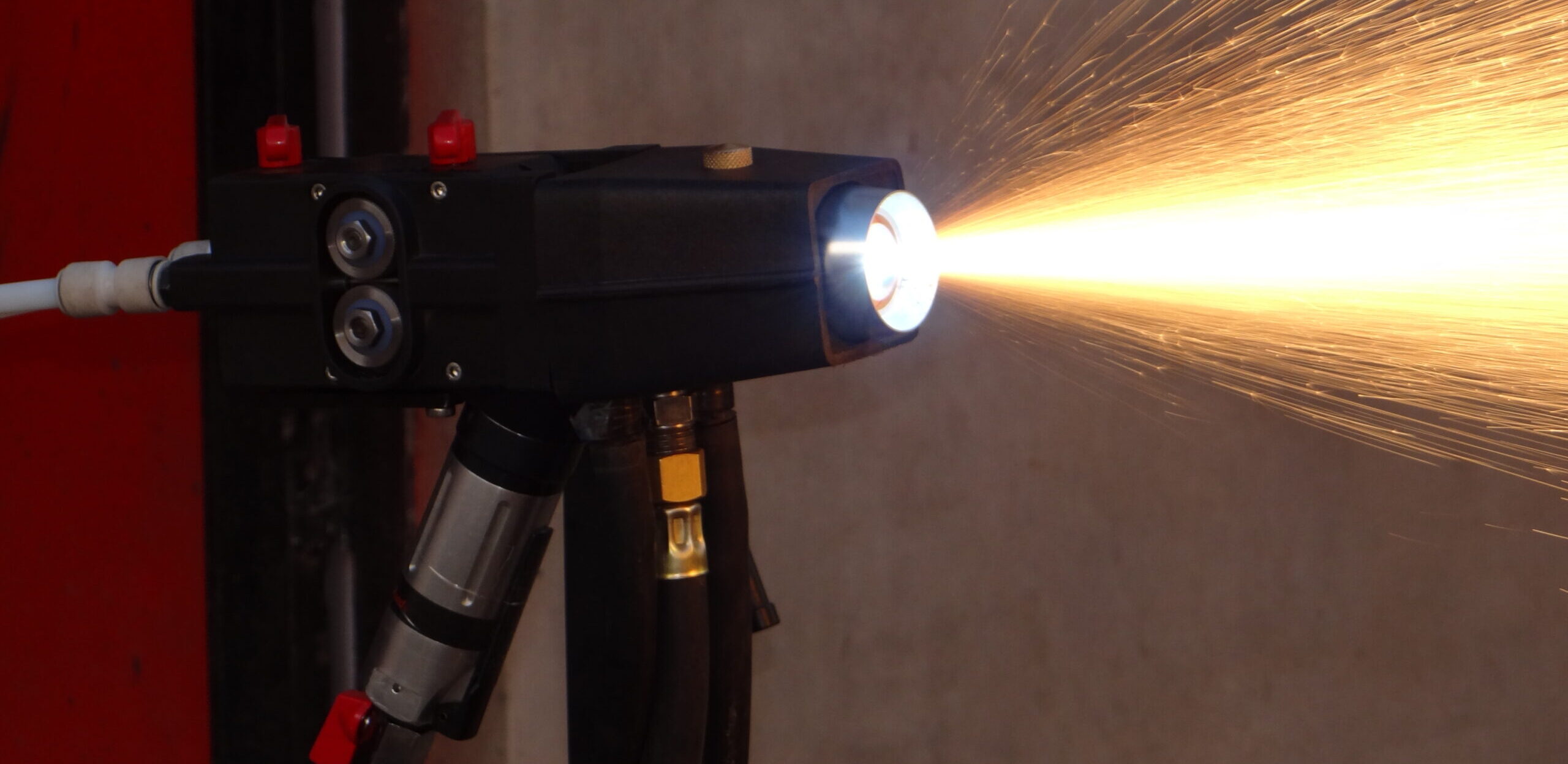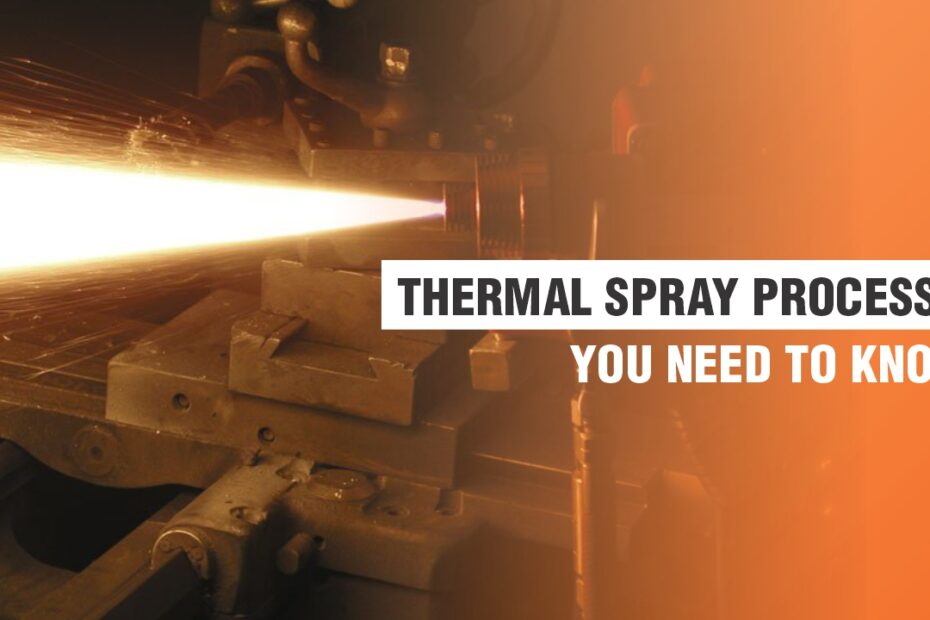Numerous industries use the thermal spray process nowadays. These coatings are made of wire and molten powder and are burned with oxygen or plasma. After being sprayed onto metal, the hot mixture will continue to maintain a strong coating thanks to the fire from the spray device.
Thermal spray coatings have a wide range of practical uses, such as shielding buildings, vehicles, and other structures from harsh chemicals, and weather elements, such as humidity and rain, or severe temperatures.

Different thermal spray processes
Let’s look at a few of the common thermal spray processes you need to know:
- High-velocity oxy-fuel spray (HVOF)
Whenever the spray is employed in the HVOF process, a torch is used, allowing the flame to spread. The particles in the mixture accelerate quickly as a result, increasing their speed. The ultimate result is a uniformly distributed coating that is quite thin. This coating is robust and sticks nicely despite being thin.
It is the most commonly used thermal spray process. Though it is less prone to corrosion than plasma coatings, it is not well suited for extremely high temperatures. You can contact IMC for this spraying process.
- Combustion Flame Spraying
Spraying with combustion flames is a great alternative for surfaces that aren’t made to withstand a lot of stress. Since the spraying mechanism is driven by a reduced flame velocity, the coating that is produced as a result of this procedure is not firmly bonded to the surface. The fuel will be mixed with oxygen to create a flame, which will melt the mixture.
Due to its inexpensive cost, combustion flame spraying is favored for low-intensity applications.
- Plasma Spraying
The plasma torch is the primary equipment used in plasma spraying to heat and spray the coating. The powder material is applied to the product in a way akin to combustion flame spraying after it has been melted down. Plasma spraying can produce coatings that range in thickness from a few micrometers to a few millimeters.
Metals and ceramics are also used, albeit powder is the substance that is employed the most. The versatility of the plasma spraying technology contributes to its enormous popularity.
- Vacuum Plasma Spraying
Although vacuum plasma spraying takes place in a controlled setting, it uses low temperatures. This keeps the vacuum in place and lessens material damage. To provide the required pressure for spraying, several gas mixtures can be employed. For objects like car bumpers, the dashboard, or door mirror housings, vacuum plasma spraying is used. This thermal spray process can also be used to pre-treat polyethylene moldings so that water-based epoxy adhesives will adhere to them.
Endnote
If you want specialist sprayers, contact best supplier in this sector. You can contact IMC. They are experts to learn which procedure they advise for the “coatings” you require. No matter which coating you choose, the sprayers provided by IMC will deliver outstanding value in meeting your objectives because their materials, engineers and technicians have extensive knowledge.
